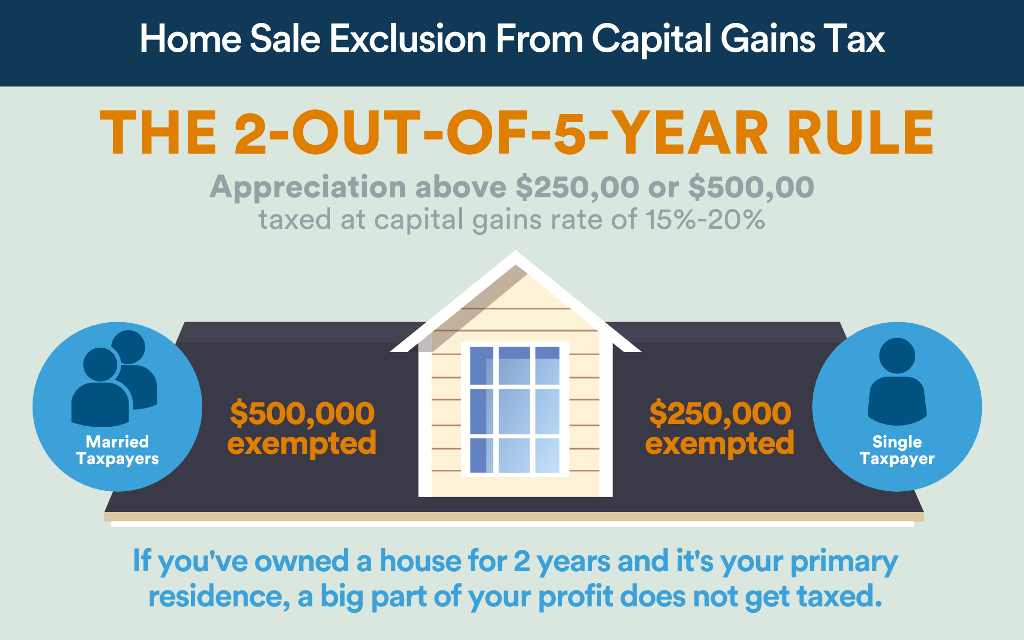Demystifying Capital Gains
Capital gains, the profits earned from the appreciation in value of a residential property, constitute a crucial aspect of investing in real estate. This blog post aims to demystify the concept in residential real estate, explaining how they function, how they are calculated, and the implications they hold for both homeowners and investors.
What are Capital Gains?
Capital gains are the profits earned from the sale of an asset, in this case, a residential property, which has appreciated in value over time. When you sell a property for more than you originally paid for it, the difference between the sale price and the original purchase price constitutes your capital gain.
Calculating them in residential real estate involves a straightforward formula:
Capital Gain = Sale Price – Original Purchase Price
For example, if you purchased a home for $250,000 and sold it for $350,000, your capital gain would be $100,000.
Types of Capital Gains
- Short-Term Gains: If you own a property for less than a year before selling it, any profit you make is considered a short-term capital gain. Short-term capital gains are typically taxed at your ordinary income tax rate, which can be higher than long-term capital gains rates.
- Long-Term Gains: If you own a property for more than a year before selling it, any profit you make is considered a long-term gain. Long-term capital gains are often taxed at a lower rate than ordinary income, making them more advantageous from a tax perspective. The rate varies by income.
Factors Affecting Capital Gains
- Improvements: Any significant improvements or renovations made to the property can increase its basis, which reduces the overall capital gain. Keeping track of home improvement expenses is crucial for accurate calculations.
- Depreciation: Depreciation is a tax benefit that allows property owners to deduct a portion of the property’s value over time. However, when you sell the property, this depreciation is recaptured and added to your capital gain.
- Exemptions and Deductions: Homeowners may be eligible for certain exemptions or deductions that can reduce their capital gains tax liability. Primary residence exemptions, for instance, can exclude a portion of the gain from taxation.

Sellers who have lived in the house for at least 2 out of the last 5 years will not have to pay taxes if the gains are $250,000 or less if single and the gains are $500,000 or less if married filing jointly.
Sellers who have lived in the property for at least 2 out of the last 5 years will not have to pay taxes on the first $250,000 of gains if single and the first $500,000 of gains if married filing jointly.
Tax Implications
Understanding the tax implications of capital gains is vital for effective financial planning:
- Capital Gains Tax: Depending on the holding period, the tax rate can vary. Short-term gains are generally taxed at your regular income tax rate, while long-term gains have their own tax brackets, which are often more favorable.
- 1031 Exchange: Investors can defer capital gains tax by participating in a 1031 exchange, where the proceeds from the sale of one property are reinvested in another like-kind property. This allows investors to defer paying capital gains taxes until they eventually sell the replacement property.
Conclusion
Capital gains play a pivotal role in the world of residential real estate, impacting the profitability of your investment and your tax liability. Whether you’re a homeowner or an investor, understanding how they work and the associated tax implications can help you make informed decisions, maximize your returns, and navigate the complexities of the real estate market.
- Always consult with tax professionals or financial advisors to ensure you’re making the most advantageous choices for your specific situation.
- Visit the IRS site for Real Estate Tax Tips
- Contact us know if you have other real estate investing questions.

